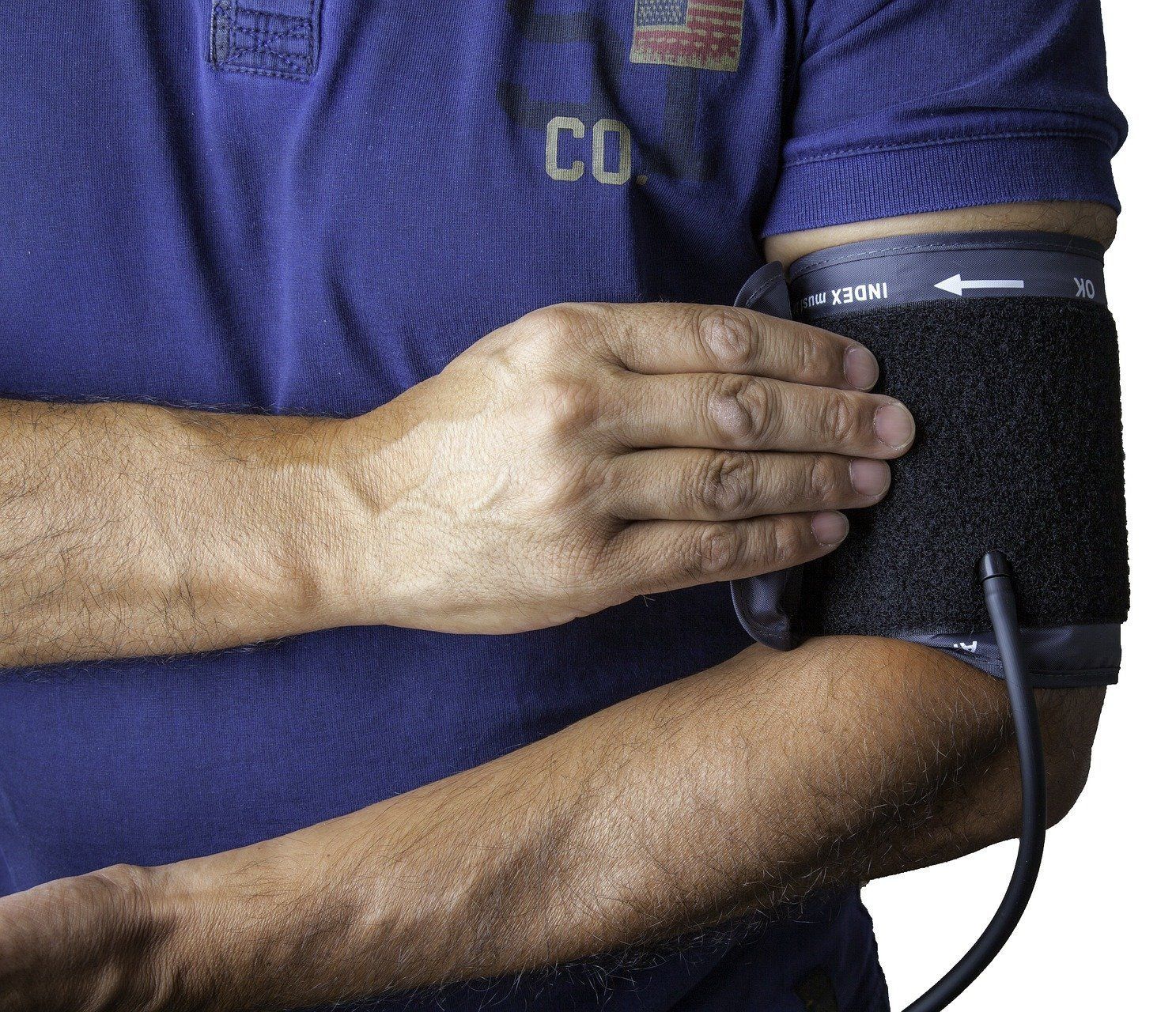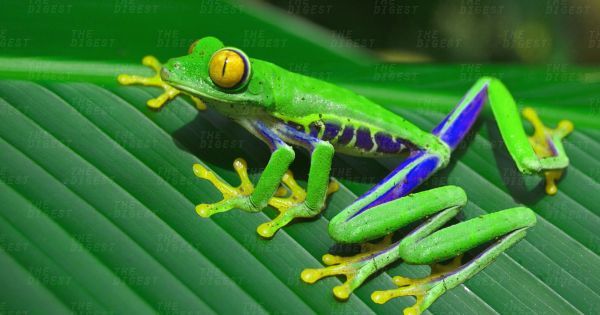
Category: genetics – Page 515


Study of one million people leads to world’s biggest advance in blood pressure genetics
Over 500 new gene regions that influence people’s blood pressure have been discovered in the largest global genetic study of blood pressure to date, led by Queen Mary University of London and Imperial College London.
Involving more than one million participants, the results more than triple the number of blood pressure gene regions to over 1,000 and means that almost a third of the estimated heritability for blood pressure is now explained.
The study, published in Nature Genetics and supported by the National Institute for Health Research (NIHR), Medical Research Council and British Heart Foundation, also reports a strong role of these genes, not only in blood vessels, but also within the adrenal glands above the kidney, and in body fat.
Glimpse: On the Promise of a Future with Artificial Wombs, and Why It’s Being Stopped by the Present
Given the speed at which reproductive technology has advanced over the past few decades, it doesn’t feel all that far-fetched: A future in which anyone can have a baby, regardless of creed or need, whenever they feel like it. Already, in our present moment, one can buy or sell eggs and sperm; we can give embryos genetic tests to ensure the children they produce don’t have any life-threatening hereditary conditions; and babies can even be born, now, with the genetic information from three parents.
So it follows that we should soon be able to to have pregnancy outside the body — artificial wombs. R ight?
You’d think. Scientists have already figured out how to mimic many of the body’s processes for techniques like in-vitro fertilization and even hormonal birth control. But the ways mothers’ bodies support and signal fetuses is incredibly complicated — and the science isn’t yet at a point where we can simulate these processes. And because scientists are prohibited from studying embryos 14 days past their fertilization, that’s one sci-fi vision that is not likely to come to fruition.



A cure for aging: where do we stand today?
If you are able to get to Leiden there is an event in support of Lifespan.io on September 29, 12:00 AM – 2:00 PM CEST.
Ending aging and getting rid of its associated conditions is one of humanity’s most ancient dreams. Some of our earliest myths are about heroes going on a quest to find a way to make the whole of mankind forever young. With the current progress in aging research, this is not a dream anymore. In laboratories around the globe, researchers are conducting experiments that show that aging is amenable to medical intervention; we can slow it down and even reverse some age-related changes. As recent experiments on mice demonstrate, there are various ways to postpone aging. Among the most promising treatments are the elimination of harmful senescent cells, drugs that enhance metabolism, genetic and cellular therapies, and calorie restriction. These treatments extend the healthy period of life, and, as a welcome side effect, lifespan in mice by over 25–30%. Some of these methods are currently in human clinical trials and are expected to reach the market 5–10 years from now.


Representing a “revolution”: how the popular press has portrayed personalized medicine
This study investigated the portrayal of “personalized” and “precision” medicine (PM) in North American news over the past decade. Content analysis of print and online news was conducted to determine how PM has been defined and to identify the frames used to discuss PM, including associated topics, benefits, and concerns.
A data set was built using the FACTIVA database, searching for popular North American publications with the terms “personalized (personalised) medicine” and/or “precision medicine” from 1 January 2005 to 15 March 2016. The final set of publications totaled 774.
PM is almost exclusively defined as related to genetics and is often part of a story related to cancer. The PM story is overwhelmingly one of highlighting (potential) benefits and optimism, especially in shorter publications, and ones where PM is not the main focus. This promotional PM discourse has remained fairly consistent over the past decade.


Disrupting genetic processes reverses ageing in human cells
Research has shed new light on genetic processes that may one day lead to the development of therapies that can slow, or even reverse, how our cells age.
A study led by the University of Exeter Medical School has found that certain genes and pathways that regulate splicing factors – a group of proteins in our body that tell our genes how to behave—play a key role in the ageing process. Significantly, the team found that disrupting these genetic processes could reverse signs of ageing in cells.
The study, published in the FASEB Journal, was conducted in human cells in laboratories. Aged, or senescent, cells are thought to represent a driver of the ageing process and other groups have shown that if such cells are removed in animal models, many features of ageing can be corrected. This new work from the Exeter team found that stopping the activity of the pathways ERK and AKT, which communicate signals from outside the cell to the genes, reduced the number of senescent cells in in cultures grown in the laboratory. Furthermore, they found the same effects from knocking out the activity of just two genes controlled by these pathways—FOX01 and ETV6.